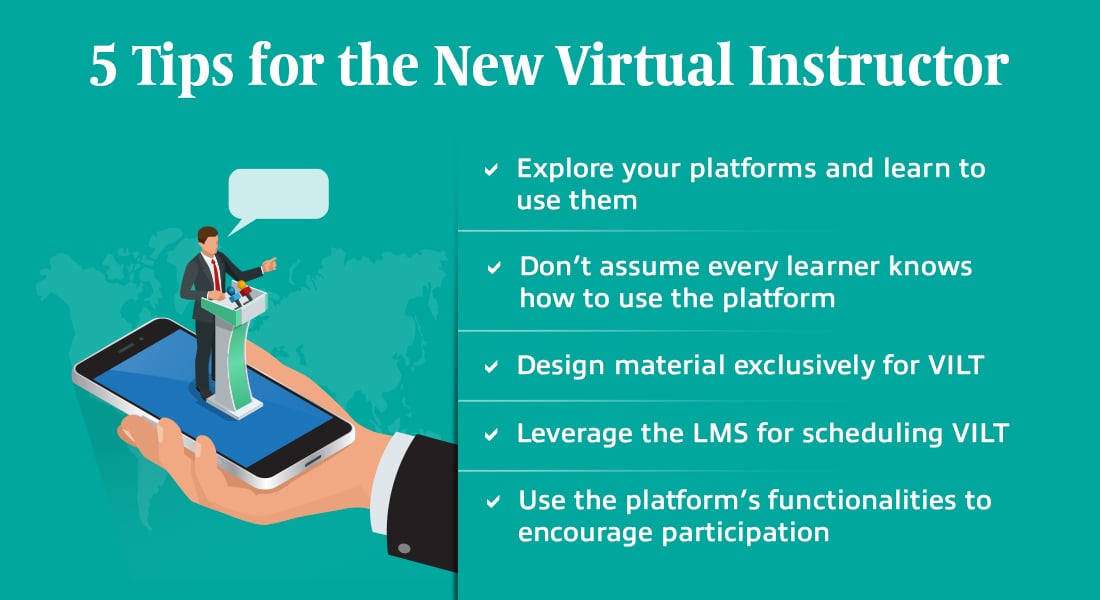5 Reasons Your E-learning Projects are Not User-Friendly

Merriam-Webster defines boring as:
bor·ing
ˈbôriNG/
Adjective
causing weariness and restlessness through lack of interest
Synonyms: tedious, dull, monotonous, repetitive, unrelieved, unvaried, unimaginative, uneventful
There are many reasons why boring e-learning exists in the first place. Non-user-friendly, click-and-read courses are pretty common. Poor instructional design strategy and lack of engaging content occupy a big chunk of what contributes to a dull and disinteresting e-learning project. Let us get one thing out of the way though – boring e-learning fails to engage learners. E-learning projects that are merely information dumps make learners lethargic and unreceptive to training.
What do you think makes an e-learning course dull and non-user-friendly? Today, we will review some common reasons that make online learning boring. Why do these types of online learning projects exist?
1. Introduction that Falls Flat
Whether it is a presentation or a job interview, first impressions are important. Did you know that first impressions are important for your online learning projects as well? Research by an American psychologist, one Edward Thorndike, indicates that people (like your learners) tend to unconsciously make quick judgments of things just at a glance – called the Halo Effect. If your e-learning has a poor introduction, it’s likely that your learners are experiencing the Halo Effect.
In e-learning, the introductions have the power to make or break your chances of keeping learners engaged. Instead of simply blurting out plain and bland sentences at your learners, why not try surprising your learners with a real-life scenario they are experiencing at work? Or a surprising piece of statistic or a headline regarding the concept, to grab their attention?
Also, ensure that the introductions are eye-catching and sound in instructional design. Here’s an interesting resource on how to crack the instructional design aspect of your e-learning projects.
2. There is no Element of Fun
If your e-learning doesn’t contain elements of fun, then you are creating training for zombie-learners, who are dead behind the eyes and mindlessly click through the content. Even the most complicated of topics can be presented in an engaging way. Besides, e-learning is more effective when it’s fun. Here are a few ways you can make your e-learning fun and engaging:
Notions of fun differ widely; the nature of your learners, the concept, and the environment in which learning is going to take place, all of which influence how appropriate it would be to use, say, a gaming approach to learning. Fun can easily turn from a good learning tool, to a distraction, if it is not well integrated into and relevant to your e-learning course. Therefore, ensure that your elements of fun are related to your e-learning’s core message.
Here’s a useful resource to help you with making e-learning exciting and fun.
3. Unresponsive Content, not Mobile-Compatible
You know what’s annoying? If your learners own a mobile device, but none of them can use it to access your e-learning courses because of the unresponsiveness or non-compatibility. For your e-learning projects to work, they need to be available on demand, wherever and whenever learners want to access it. With the average person now using over 3 separate mobile devices per day, ensuring that your e-learning projects are mobile-compatible should be one of your biggest priorities. (There are many authoring tools to make your e-learning mobile-friendly. Learn more about them here.)
Yet, mobile learning is more than just accessibility. Since the corporate world realized the myriad benefits mobile learning offers at workplace, it has been used for other purposes too. For example, many organizations offer micro learning modules and performance support through mobile devices. Harness the power of the mobile devices and transform your long, tedious e-learning into engaging bite-sized training.
4. Lonely and Isolating
E-learning is extremely convenient because it allows learners to access training from the comfort of their home or pretty much any location; however, many learners feel the social isolation that comes with this type of a learning environment. It’s understandable because online learning is often geared toward self-paced, solitary learning and it is not very well-known for social interaction between learners. What can you do about this? There are two solutions to this problem:
One, you can employ blended learning, which you can bring in the instructor component into your training, which translates to pure face-to-face interaction.
Two, if you own a Learning Management System (LMS), you can make use of their wide array of features and benefits. Today’s LMSs allow you to create threaded discussions, groups, forums, FAQs and chat, where your learners don’t feel isolated and are likely to learn more from other learners through peer discussions and collaborations. (Learn more about how to make the best use of your LMS here.)
5. Evaluation Not Done Properly
If your e-learning project uses a traditional method – Multiple Choice Questions (MCQs), Fill in the Blanks and True/False – to assess your learners, do you think it’s enough to stand the test of time? While they are very important and successful ways to assess learners do you feel that they alone are sufficient for “long term knowledge retention and behavioral change”? The answer is probably ‘no’. A learner’s ability to correctly answer multiple-choice or true-false questions doesn’t mean that they can apply that knowledge to doing their job – which should be the raison d’être behind evaluation of their learning. (Here’s an interesting article on how to move beyond MCQs).
One way of ensuring a long-term retention of knowledge through assessments is using scenario-based assessments. What scenarios do is, they give learners a snapshot of an event, providing them a brief overall description of the problem/task at hand to help them take decisions to handle the same. These types of assessments help learners learn and also equip them to apply the learning at job.
Boring e-learning projects exist because they are easy to build, and cost less to produce. They are bad, both for your training and for your learners. A good thing about e-learning is that it gives you the ability to design immersive and engaging courses, but if you are making text heavy courses and not offering fun and engaging e-learning content, you are missing out on a major opportunity. So, don’t be boring, your online learning must excite and inspire.





